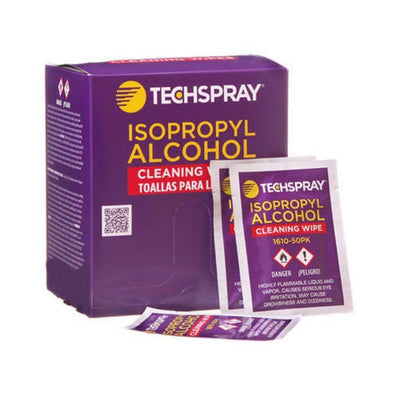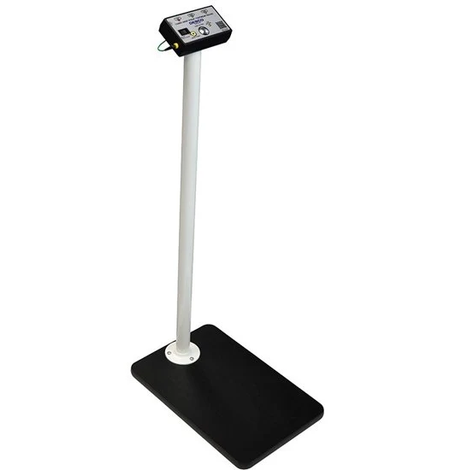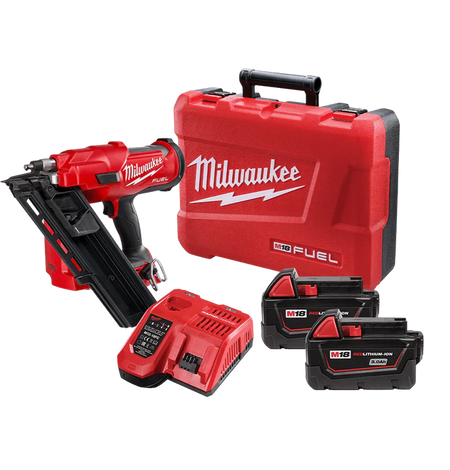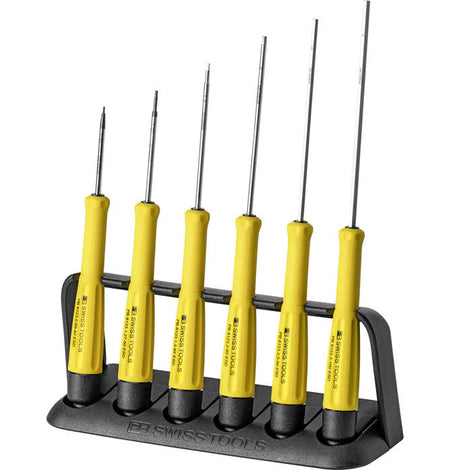Like anything that we want to function properly, electronics require regular maintenance and cleaning to work at maximum capacity. When it comes to cleaning electronics, isopropyl alcohol is the most popular choice as a solvent. It is versatile, dissolves a wide range of soils and can easily remove oil, fingerprints, flux residue, fluids, carbon and mould. The fact that it mixes well with water also makes it perfect as a drying agent.
However, despite its popularity, many people aren’t quite familiar with how to use it properly, which is why we’ve compiled a list of the top tips when it comes to cleaning electronics with isopropyl alcohol.
Be aware of material compatibility with isopropyl alcohol
While isopropyl alcohol is by far the most common solvent used for cleaning electronics, the first thing you should check is whether it is the right chemical to use for cleaning your particular component. For the majority of materials used in PCB assembly it is an excellent choice, such as aluminium, CPVC, epoxy, Noryl and Teflon. For these materials, isopropyl will do an excellent job cleaning, without doing any damage to the underlying material.
A few materials, however, are a poor match for isopropyl alcohol, such as polycarbonate and polystyrene. When the match is poor isopropyl can cause the material to soften, fog, change shape or become brittle, which is why you should always know the materials you are working with before using any form of chemical on them.
If in doubt test isopropyl compatibility on a non-critical area first
Sometimes you won’t be sure whether isopropyl alcohol is compatible with a particular material. In these cases it is best to test it first before using it for cleaning. To do this pick a non-critical area and test a small amount of isopropyl alcohol. If over time it shows no effect then isopropyl alcohol should be safe to use.
Use the right grade of isopropyl alcohol for the job
The ‘grade’ of isopropyl alcohol refers to the ratio of water to isopropyl alcohol in the solution. The higher the amount of isopropyl alcohol in the solution, the faster the dry time. If there is a high amount of water in the solution it can cause the solution to bead up and create water spots. This is a problem for cleaning mirrors, glass or lenses or for technicians who often prefer a fast dry time and turn over.
On the other hand, if you need to clean harder to remove, thick or gummy materials then a lower percentage of isopropyl alcohol will increase the ‘soak time’, which may improve cleaning effectiveness.
Choose the right size and packaging for your application
Isopropyl alcohol comes in many different packages depending on your use case, from bulk containers used in industrial settings to small spray bottles for hobbyists. If you are looking for easy to dispense solution then you might consider a pump dispenser or aerosol version, while if you are cleaning flat surfaces presoaked wipes might be the most convenient packaging method.
Ensure that you are handling isopropyl alcohol safely
Like any chemical isopropyl alcohol should be handled with care. It is flammable, so it should be stored in a cool area, away for sources of ignition such as stoves or electronics. Isopropyl vapours can also build-up and combust, so it should always be used, stored and handled in a room with adequate ventilation.






